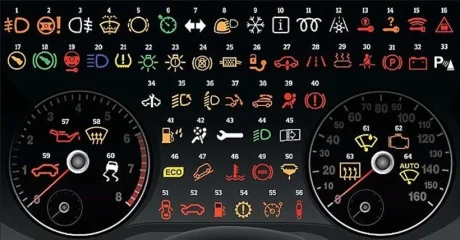- Joined
- Jul 25, 2015
- Messages
- 1,182
Surely it depends also in large part on your cruising speed... or how hardthe engine is working....you will find it less distracting to glance at a gauges than thinking about aboutwhat might be happening..
If you are racing and out on a ragged edge then feed back is useful , even if only to set a bike up
If you are racing and out on a ragged edge then feed back is useful , even if only to set a bike up


